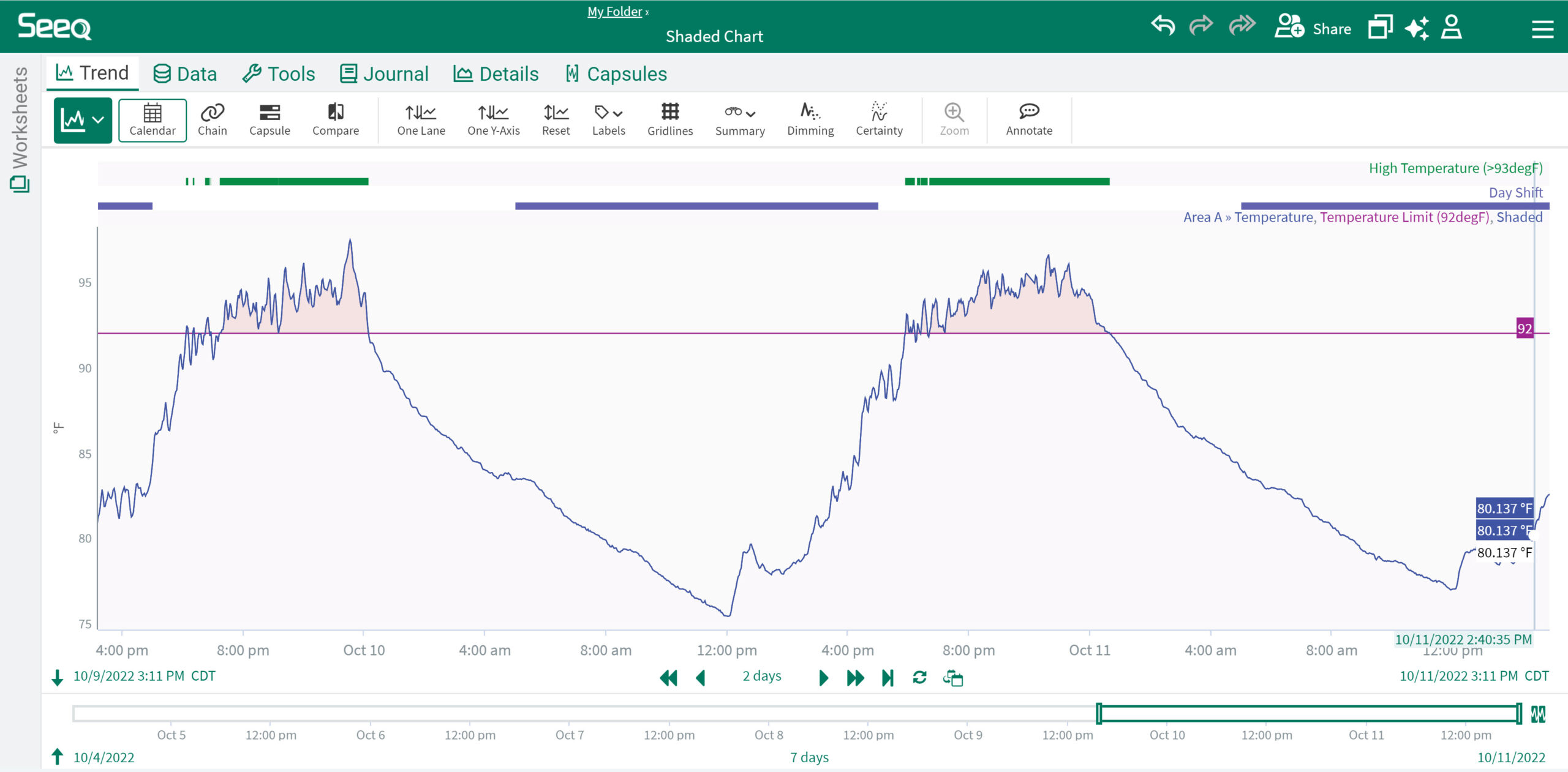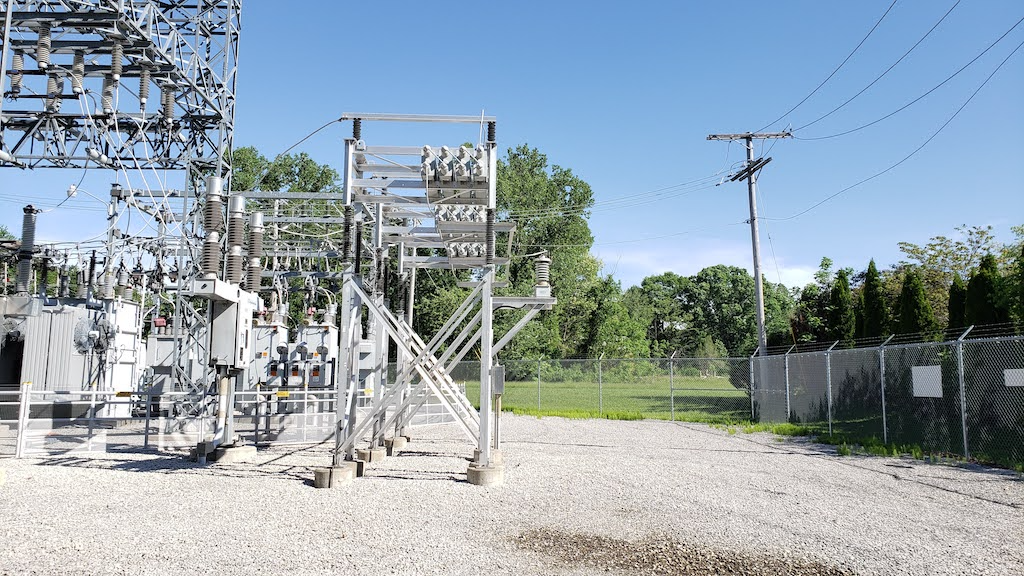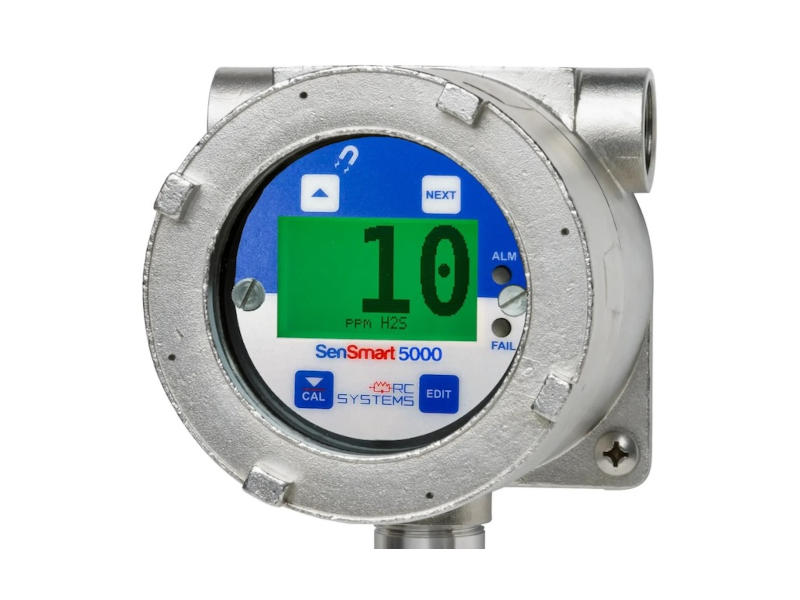The improvements in analytics and the sharp drop in the costs of sensors have ushered in the age of Big Data.
When I step on the scale each morning, I get immediate feedback. I’m not always happy with the number I see, but I have a data point from which to begin. But if I only gather than data once a day, I don’t have any history as to how that number might have changed in a given time frame.
Plant maintenance once was conducted in much the same way. Data was collected, but that data was based on moments in time. You could do some trending based on how often you gathered data, but even if you collected a given reading at the same time every day, you’d have no way of knowing how the condition of that machine might have changed in the intervening 24 hours.
Those days aren’t totally gone—there still are many cases when maintenance should be a time-based process, and certainly there are consumables, such as light bulbs, which can run to failure without impacting your process. But if maintenance truly is to be a profit center in your plant, the prevailing maintenance strategy has to begin with collecting and analyzing the actual health of your machines on a continuing basis.
Just as I can track my steps each day in a so-far futile attempt to reduce that number on my scale, the technology exists to continuously monitor the health of your machine. In many cases, that data has been there all along; it just hasn’t been collected and analyzed as effectively as we can analyze it today.
The improvements in analytics and the sharp drop in the costs of sensors have ushered in the age of Big Data. This kind of real-time data management shows particular promise in the area of maintenance and, as this year’s Plant Engineering Maintenance Survey clearly shows, it is gaining traction as a plant floor strategy.
It is not, of course, the only way assets are measured. Preventive maintenance still is the most popular strategy, used by four out of five plants in some way. Use of run to failure as a strategy dropped from 61% in 2017 to 57% in this year’s study, and predictive maintenance with analytics cracked 50% for the first time this year—and jumped past computerized maintenance management systems (CMMS), which also was used less in 2018. The overall message again is that it takes many strategies, properly deployed, to make up a fully formed maintenance plan for any plant.
When we first posed the question of plant floor maintenance processes a few years ago, we were surprised how widespread the use of clipboards and pencils were in maintenance. They’re still out there, with 44% of survey respondents using manual recording processes. Real analytic tools still are in their infancy, although both enterprise asset management (EAM) and the Industrial Internet of Things (IIoT) saw increased use in 2018.
But like maintenance data itself, these are just percentages. They don’t speak to what you want and need to know about your plant. You want to know if a given asset is in need of repair. You need to know if a line or system is operating out of established ranges. You want to evaluate all of this data in real-time, because waiting for the report the next morning may be too late.
Data in and of itself is worthless without context. Data, like weight, is just a number unless you’re able to understand what that number means. No matter the strategy employed, the challenge in maintenance management is not to collect data, but to act correctly on the data you’ve collected.
Act correctly. Ponder that for a second as it pertains to your plant, and I’ll do the same for the data staring back at me from my scale. It means understanding how past behavior may contribute to your present state, and how changing that behavior will change the state.
The data analysis should lead you to ways to change—better lubrication practices, for example, or avoiding a sweet roll. The data is just a number, after all. It takes the skill and experience of the maintenance professional to turn that data into action.
Bob Vavra, content manager, CFE Media, LLC, [email protected]



